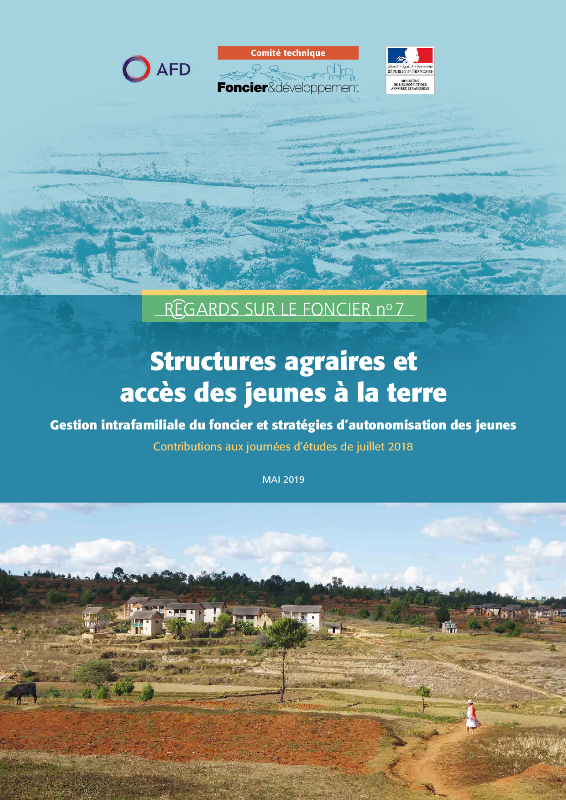A suboptimal array of options erodes the value of CAP ecological focus areas
As a part of the greening of the EU’s Common Agricultural Policy in 2013, Ecological Focus Areas (EFA) became mandatory for many European farmers, with the aim to enhance on-farm biodiversity. However, their effects on biodiversity have been disputed. In this interdisciplinary effort, we assessed the effects of current and alternative formulations of EFA regulations in Sweden.




